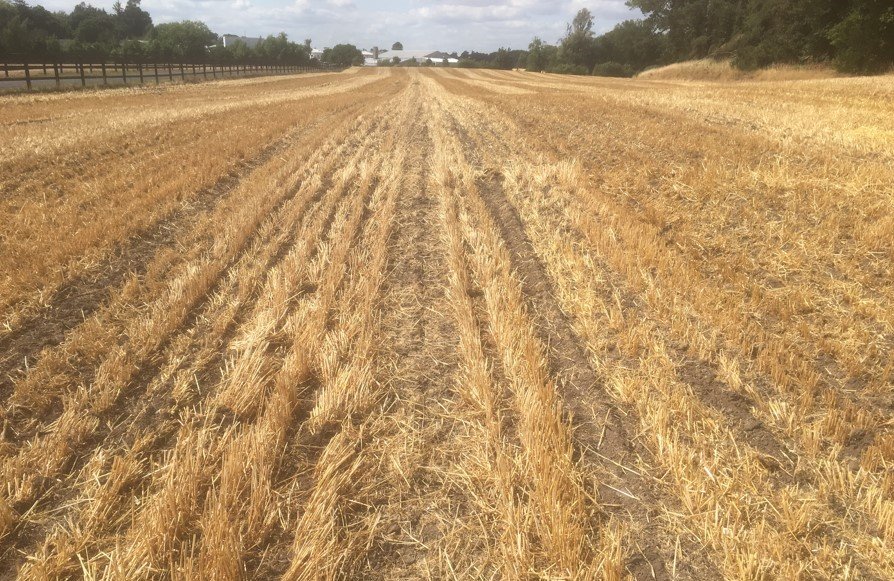
Teagasc Crop Report
Update Number 9 2023
Update Number 9 2023

To view the full report you must have an existing account with Teagasc ConnectEd.
Farmers sign in hereAlready have a ConnectEd account? Connected Client or Teagasc staff log in here
Winter Forage Crops
Fodder kale and rape are the two most popular winter forages grown in Ireland and with the earlier than usual winter barley harvest there may be an increased interest in growing crops again this year.
To read the key tips to growing good kale and rape crops click here;

Please create an account to view hidden content
Winter Oilseed Rape
Many crops are approaching the stage when they are fit to desiccate. Some early sown crops have already been desiccated earlier this week with the remainder likely to be burned off before the end of the week or early next week. Most crops have escaped the worst effects of the drought in early June and so crops look promising.
Many crops are now approaching desiccation stage for further details click here

Catch Crops
With winter barley harvest starting earlier than normal there may well be opportunities for farmers to establish cover crops earlier than normal this year. This will help to trap any nutrients that are left behind by the cereal crop and also help to improve soil structure.
For details on some of the new regulations for drilling catch crops as well as details of the different sowing rates please click here
Potatoes
Most maincrop varieties have met in the drill with the exception of the really late planted crop which still have to covet the alleys. Weed control for most crops has been quite good despite the less than favourable conditions when spraying was completed, although there are a few crops where control has been poor. Staggered emergence has been noticed in some crops while reports of blight are common.
Blight continues to be a problem for many growers so choose you fungicides carefully Potato Fungicide Table
For all other issues on potato crops click here
Stubble cultivation
The nitrates directive is designed to prevent pollution of surface waters and groundwater from agricultural sources and to protect and improve water quality. As part of the nitrates directive tillage farmers are now required to take measures to establish green cover as soon as possible post-harvest to prevent the pollution of waters caused by nitrates.
Shallow cultivation or sowing of a crop/catch crop must take place within 10 days of the baling of straw, or where straw is chopped, within 10 days of harvest. In all circumstances, shallow cultivation or sowing of a crop/catch crop must take place within 14 days of harvesting.
For details of the new regulations for 2023 click here

Resistance testing (grass or broad-leaved weeds)
The results of herbicide resistance testing from 2022 samples paint a worrying picture, where >70% of blackgrass or Italian ryegrass tested were resistant to both ACCase and ALS herbicides. We also found poppies resistant to ALS and/or hormone type (2,4-D) herbicides. If you suspect that you may have herbicide resistance in grass or broad-leaved weeds (specifically, blackgrass, Italian ryegrass or poppy) in your fields, use this unique free testing service to check it, allowing you to identify an effective herbicide programme to be used in conjunction with integrated weed management strategies. Good sample collection is essential for successful testing. Contact your advisor, or follow the instructions on: https://bit.ly/3MrlcgR or take a picture of this QR code using your smart phone:
